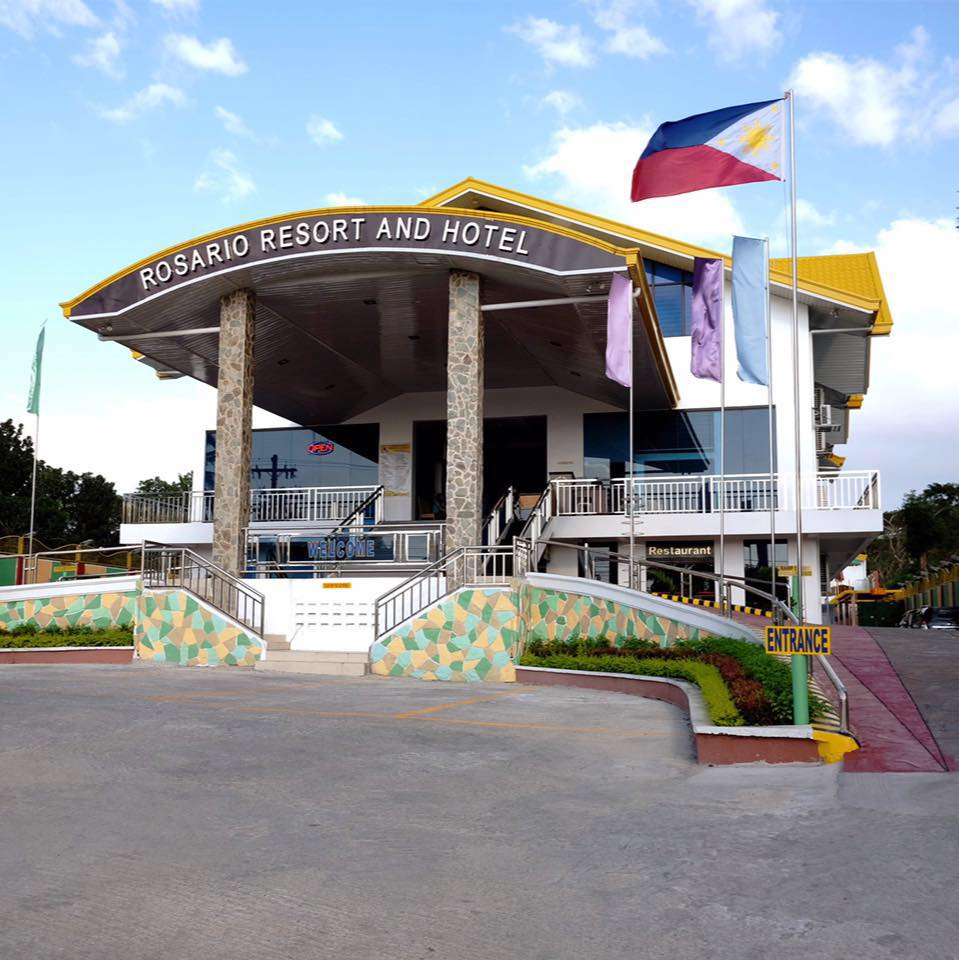
Rosario
Rosario, Batangas
Officially the Municipality of Rosario
(Tagalog: Bayan ng Rosario)
Rosario is a 1st class municipality in the province of Batangas, Philippines. As per the 2020 census, it boasts a population of 128,352 people. Known as "The Rice Granary of Batangas," Rosario is part of the Batangas Bay region, consisting of eleven municipalities and two cities that drain into Batangas Bay.
History
Rosario was founded by Augustinian friars in 1687, with Don Nicolas Morales serving as its first gobernadorcillo. The town's origins trace back to early Christian settlers on the southeastern coast of Batangas, near present-day Lobo.
Due to Moro pirate raids, the inhabitants sought refuge in a ravine and forest on the north-west bank of Kansahayan River, in an area called Hilerang Kawayan, now a barangay in Taysan known as Pinagbayanan (meaning "place that used to be a town or settlement"). During the Moro Wars in the late 18th century, these raids intensified, leading to the death of the Parish Priest among others.
The Dominican priests eventually moved the town further north, praying a novena and the rosary during their journey. On the ninth night, they reached the river bank of Tubig ng Bayan (lit. "Water of Town"), originating from Lipa, and settled there. They built a stone church in honor of Our Lady of the Most Holy Rosary, and the town was named Santo Rosario. The town remained in this location until 1902.
During the Philippine-American War, Santo Rosario was destroyed. Captain Daniel H. Boughton of the American military discovered a spring at the foot of Tombol Hill and decided to relocate the town west of the spring, where it stands today. On June 9, 1902, the town's prominent citizens met under a mango tree beside Tombol Spring and officially organized Rosario's municipal government.
Key figures of the first town government included:
- Geronimo Carandang (Presidente)
- Diego Rosales (Bise Presidente)
- Luis Greñas (Secretario)
- Leon Magtibay (Tesorero)
The wealthy Don Antonino Luancing donated land for the town's public buildings and plaza. Tubig ng Bayan later became known as Lumang Bayan ("Old Town") until it became the municipal seat of Padre Garcia in 1949.
Although there is no unanimous consensus on the exact founding date of Rosario, it was one of the early towns established by ecclesiastical authorities after the creation of Batangas as a province in 1581. During the latter years of Spanish rule, Rosario served as a hub of civilization in this part of Batangas, covering what are now the municipalities of Lobo, Taysan, San Juan de Bocboc, and Padre Garcia.
It was in Rosario where General Malvar agreed to make peace with General Bell of the American Forces on April 16, 1902, marking the end of the Philippine-American War.
Geography
Rosario is located at 13°50'46?N 121°12'22?E, approximately 23 kilometers (14 miles) from Batangas City and 128 kilometers (80 miles) from Manila. According to the Philippine Statistics Authority, Rosario covers a land area of 226.88 square kilometers (87.60 sq mi), constituting 7.27% of Batangas' total land area of 3,119.75 square kilometers (1,204.54 sq mi).
Explore
Discover the diverse destinations across the Province of Batangas.
No destinations found!
Experience
Indulge in luxury and comfort at Batangas' finest hotels and accommodations.
Events
Join us for exciting events and unforgettable moments!






